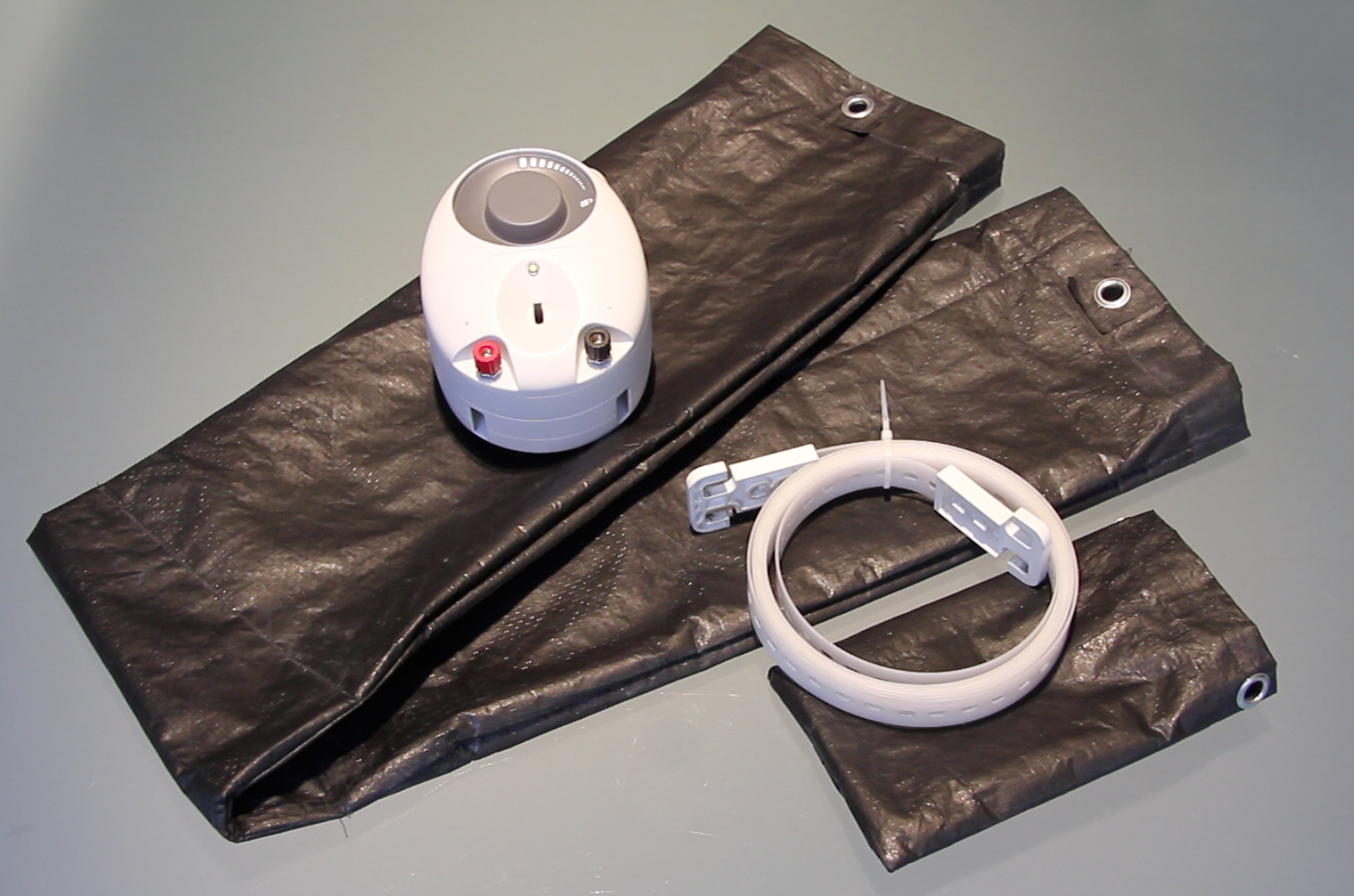By Jeffrey Trainor (Contributor) – Email
Print Edition: September 10, 2014

If there is one thing the world truly has in abundance, it’s gravity — and the creators behind the gravity-powered light known as GravityLight are looking to tap into it as a plentiful and renewable energy source.
The concept of creating energy through human motion isn’t new — simply look to wind-up clocks and watches — but the idea of using gravity is unique.
Inventors Martin Riddiford and Jim Reeves came up with the idea while taking a challenge set up by the charity SolarAid. The challenge was to create an LED lantern that could compete with kerosene lamps for under $6. Riddiford and Reeves wanted to create something that emitted high-quality luminosity, but at the same time was cheap and easy to operate.
As explained on GravityLight’s website, the lamp “generates energy out of a small bag that can be filled with any type of debris.” This could be rocks, sand, or rice, for example. “Once this weight’s been lifted up by human force, gravity begins to act on the weight, slowly pushing it downward, creating kinetic energy which turns a small set of gears, converting the kinetic energy into electrical energy.” One lift of the weight can create anywhere between 12 and 28 minutes of light.
The GravityLight is a way for people to bring electricity and light with them anywhere. For example, if you brought one along while camping, it would mean you wouldn’t have to fumble around with batteries and a flashlight at 3 a.m.
However, this technology could also have a great impact on developing countries with unstable or unreliable energy sources, and would benefit from this easy-to-manage light source. With a target goal of $6 per unit, the GravityLight could be easily distributed to nations affected by natural disasters, war, or disease.
With a large run of GravityLights hitting production in 2015, we could all be gravitating towards this renewable energy source in the near future.


